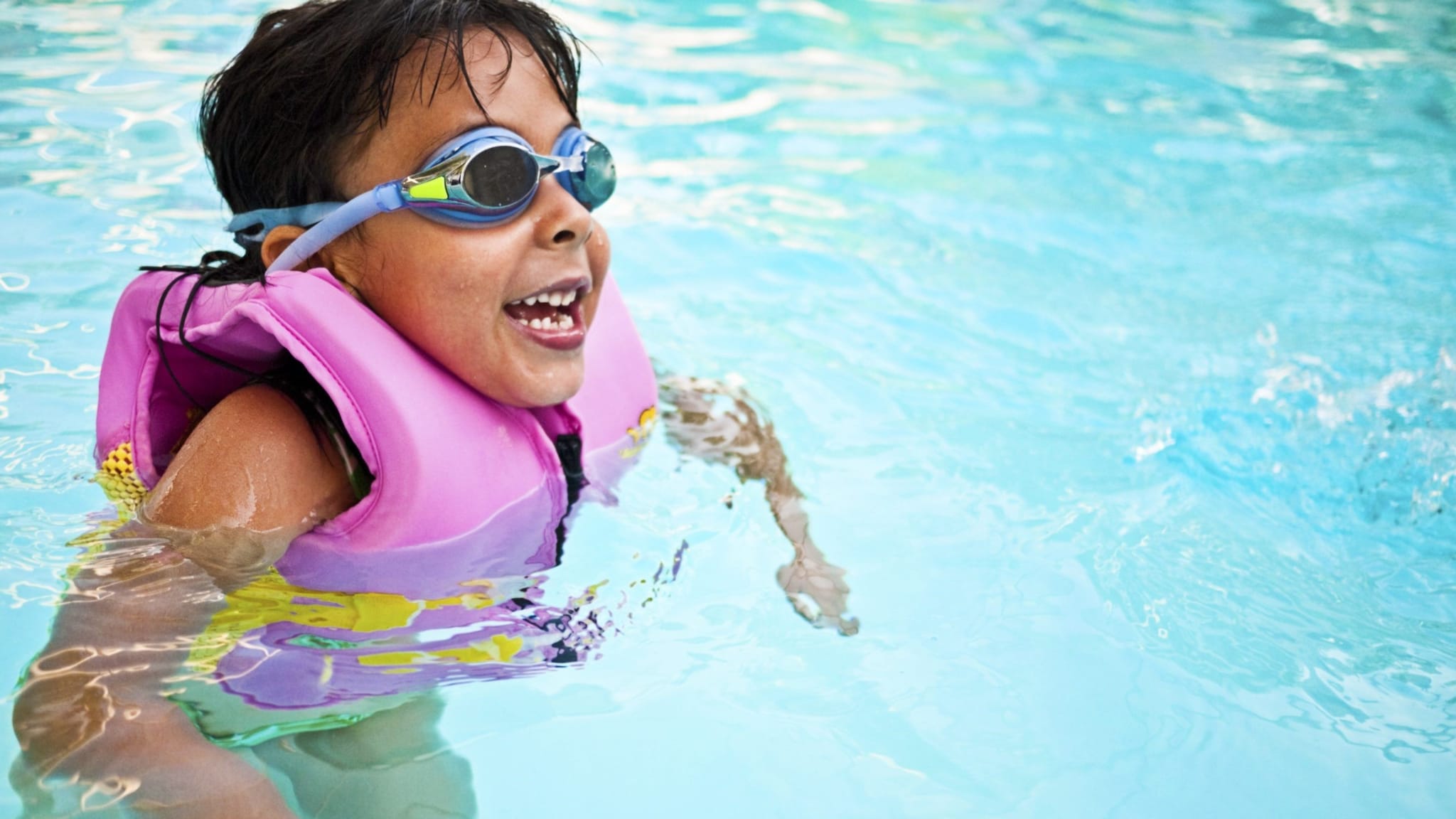Key points
- Having a pool can be a fun way to be active or just relax.
- It is important to know what to do to reduce the risk of pool-related injury and illness to maximize all the health benefits that swimming can bring.
- Follow these steps to keep everyone safe and healthy.

The risks
Drowning
More children ages 1–4 die from drowning than any other cause.
Pool chemicals
Mishandling pool chemicals can cause serious injuries. Pool chemical injuries lead to about 4,500 U.S. emergency department visits each year, and over one-third of these preventable injuries are in children or teens.
Germs
Just one diarrheal incident in the water can release millions of diarrhea-causing germs. These germs can make other swimmers sick if they swallow even a small amount of contaminated water. Although most germs are killed within minutes by chlorine or bromine at the recommended levels, Cryptosporidium is a germ that can survive in properly treated water for more than 7 days.
Steps to take
Prevent drowning
- Make sure everyone has basic swimming and water safety skills.
- Use U.S. Coast Guard–approved life jackets as directed.
- Provide continuous and close supervision to swimmers.
- Learn how to recognize and respond to a swimmer in distress and how to perform CPR.
- Prevent children from getting in your backyard pool unsupervised.
- Install four-sided fencing, which fully encloses the pool and separates it from the house, with self-closing and self-latching gates.
- Use locks/alarms for windows and doors.
- Install four-sided fencing, which fully encloses the pool and separates it from the house, with self-closing and self-latching gates.
Handle pool chemicals safely
If you store [PDF – 1 page] and use [PDF – 1 page] pool chemicals at your home, take the following steps to prevent pool chemical injuries:
- Read and follow all directions on product labels.
- Wear safety equipment—such as masks, gloves, and goggles—when handling chemicals.
- Keep chemicals secure and away from children and pets.
Kill germs in your pool
Disinfection (with chlorine or bromine) and pH are the first defense against germs that cause swimming-related illnesses. At the recommended levels, chlorine or bromine can kill most germs in the water within minutes. Check the disinfectant (chlorine or bromine) level and pH at least twice per day (and more often when the pool is in heavy use) to make sure they are within the recommended levels:
- For chlorine and bromine, follow the manufacturer's instructions for your product. The typical range is 1-4 ppm for chlorine and 3-8 ppm for bromine
- pH 7.0–7.8
If the pH is too high or too low, it can make the chlorine or bromine less effective at killing germs. It can also cause skin and eye irritation in swimmers and damage pool equipment.
Keep swimmers healthy
Encourage everyone who uses the pool to follow these recommendations:
- Stay out of the pool if you have diarrhea.
- Shower for at least 1 minute before you get into the water to remove dirt or anything else on your body.
- Chlorine mixed with dirt, sweat, pee, and poop creates chemicals that make swimmers' eyes red and sting.
- When chlorine mixes with dirt, sweat, pee, and poop, it also means there is less chlorine available to kill germs.
- Chlorine mixed with dirt, sweat, pee, and poop creates chemicals that make swimmers' eyes red and sting.
- Don't swallow the water.
- Don't pee or poop in the water.
- Take kids on bathroom breaks and check diapers every hour.
- Change diapers away from the poolside to keep germs from getting in the water.
- Change diapers away from the poolside to keep germs from getting in the water.
- Dry ears thoroughly with a towel after swimming to prevent swimmer's ear.
